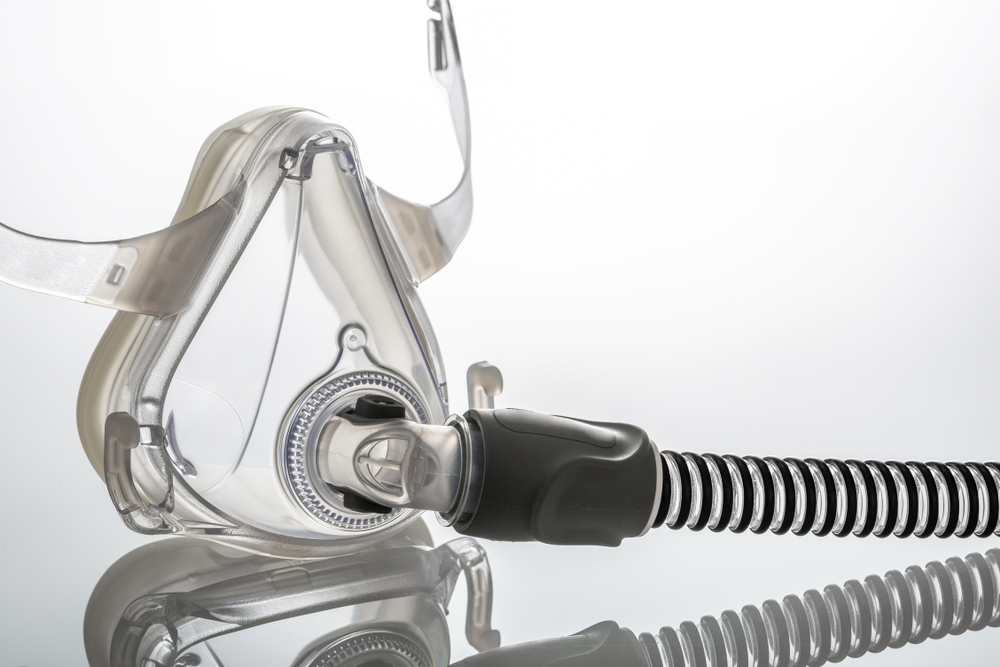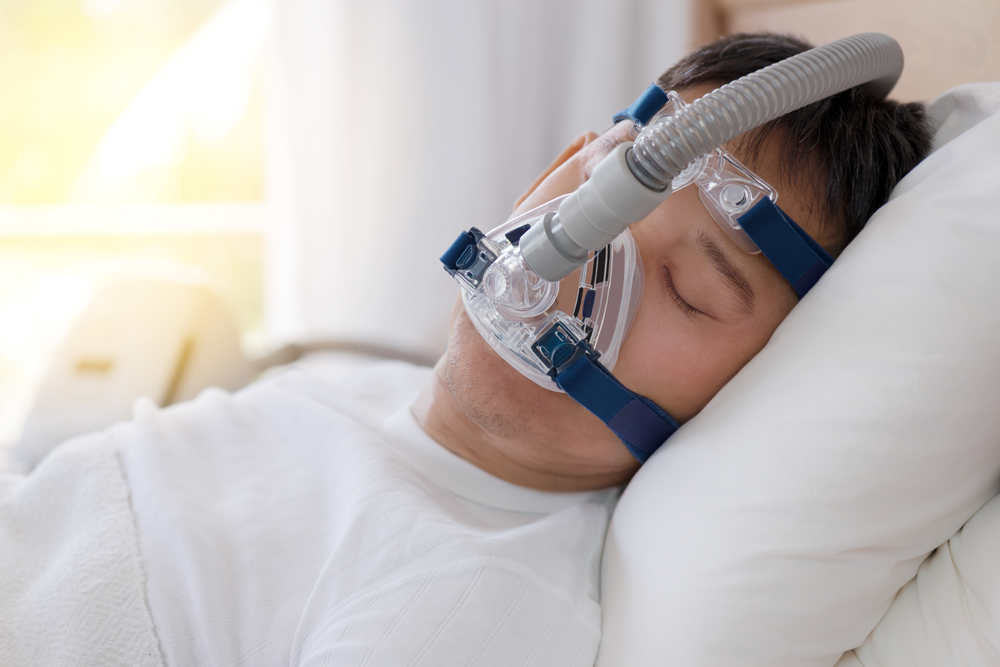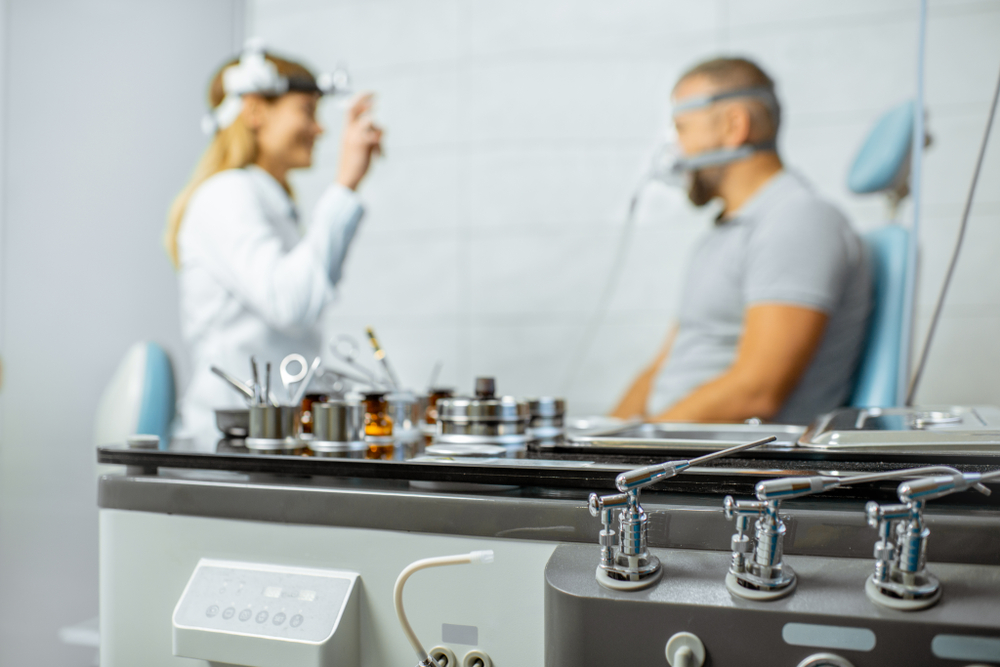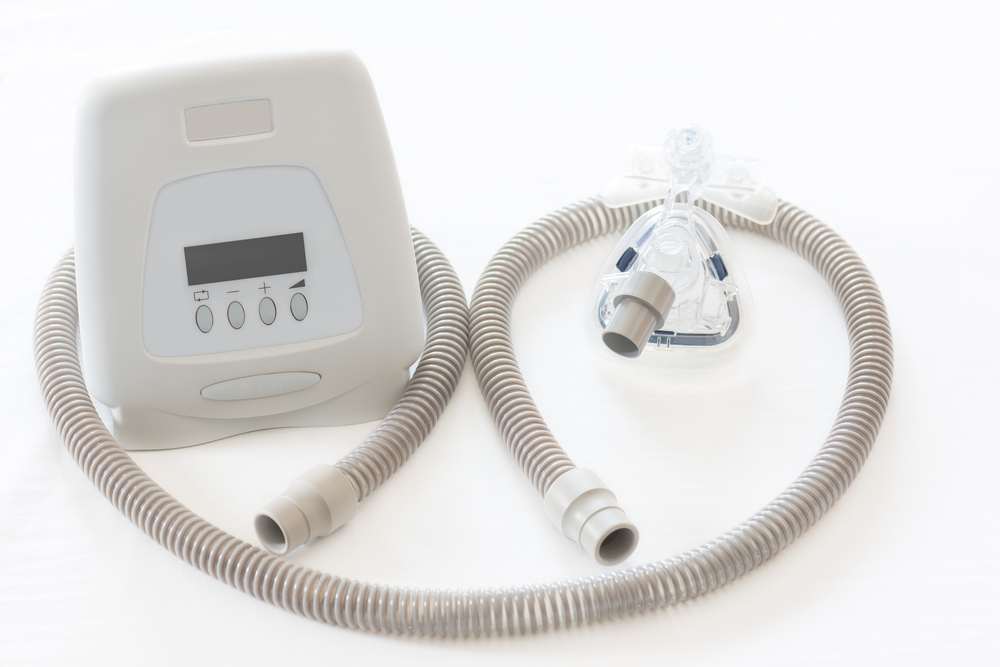What Injuries Have Been Caused By Philips CPAP machines?
Obstructive sleep apnea (OSA) can cause you to stop and restart breathing during sleep. The condition can manifest itself in snoring, dry mouth, sore throat, sluggishness during the day, and morning headaches. An estimated 22 million Americans have obstructive sleep apnea, with nearly four out of every five people in this group going undiagnosed.
Treatment for OSA comes from continuous positive airway pressure (CPAP), Bilevel positive airway pressure (BIPAP), and ventilators. These devices rely upon foam to suppress sound and vibration so you can sleep while getting your OSA treatment.

Despite the apparent benefits of CPAP and similar devices, Philips, the manufacturer, finds itself as a defendant in numerous lawsuits alleging products liability and consumer protection law violations. The United States District Court for the Western District of Pennsylvania oversees these cases under a U.S. Judicial Panel on Multidistrict Litigation assignment. Here, a federal judge controls pretrial proceedings in Philips CPAC lawsuits.
The claims in these suits focus upon the foam that abates sound and vibration. Below, we discuss the properties of this foam and the potential personal injuries that may befall users of Philips CPAP, BIPAP, and ventilator devices.
Why Is the Foam From Philips CPAP Machines Toxic?
The foam that suppresses noise can spur potentially serious or life-threatening illnesses on Philips CPAP users. Polyester-based polyurethane (PE-PUR) forms the essential foundation of the foam. With the breaking-down, or degrading, of PE-PUR come small particles and gasses that the sleep apnea patients ingest or inhale while using the CPAP. The chemicals in these gasses and other matter include isocyanates. Below, we’ll discuss the potential adverse effects of degraded PE-PUR.
Bacteria and fungi represent catalysts for degrading polyester-based polyurethane. Often, these microorganisms take hold in constantly-used and sparsely-cleaned or maintained CPAP masks and airway tubes. To kill the bacteria, some users may turn to ozone-based cleaners. Doing so simply replaces one agent for breaking-down PE-PUR (microorganisms) with another (ozone). Humidity and high temperatures also constitute culprits for releasing the gasses and particles from PE-PUR.
What Are the Potential Injuries From Exposure?
Increased Cancer Risk
Researchers have linked isocyanates to cancer in animals. On this basis, organizations that study cancer and toxins have used words such as “possible human carcinogen” and “reasonably anticipated to be a human carcinogen” to refer to Toluene diisocyanate (TDI). This chemical finds itself in polyurethane foam. The compounds found in this form of isocyanates can potentially cause cancer in humans.
The U.S. Food and Drug Administration (FDA) has taken the risk of cancer seriously enough to designate the Philips CPAP recall as a “Class 1” recall. Products subject to a Class I recall, according to the FDA, pose a “reasonable probability that the use of or exposure to a violative product will cause serious adverse health consequences or death.”
The degrading of the foam exposes CPAP machine users to the risk of cancer in many parts of the body, including the lungs, brain, stomach, thyroids, breasts, and kidneys. Other forms of potential cancer include leukemia (cancer in blood cells in general), non-Hodgkin’s lymphoma and multiple myeloma. Many of these types of cancers impair your body’s ability to fight infections. Myeloma can damage bone marrow and eliminate or neutralize red blood cells.
Organ Failure
The chemicals inhaled or ingested from the foam can cause your liver and kidneys to fail. With liver failure comes reduced blood clotting and increased bleeding from even minor cuts and scrapes. You may have high blood pressure due to fluid build-up in your brain and more frequent infections.
Toxins may also accumulate in the blood and around the brain from liver failure. Complications include impaired judgment, diminished memory, confusion, and other loss of cognitive function.
Users of Philips CPAP may have kidney failure. Your kidneys remove acid, waste, and excess fluid from your body. Loss of proper kidney function can lead to heart disease, kidney stones, bone weakness, low red blood cell counts, and elevated potassium with the potential of heart failure.
Respiratory Problems
In addition to cancer, the lungs face an increased risk of infections, irritation, and other diseases from the foam in the CPAP. Breathing problems arise from irritation and disease in the lungs and airways that form the respiratory system.
Isocyanates can trigger asthma attacks, some severe enough to be fatal. Wheezing, coughing, and inflamed airways characterize this condition. Studies and literature often cite asthma as the most common side effect of lengthy exposure to isocyanates, especially in workplace settings.
What Are The Warning Signs of Exposure?
The symptoms of exposure to degraded foam can themselves constitute personal injuries. Victims may suffer headaches, nausea, vomiting, coughing, chest pressure, breathing difficulties, and hypersensitivities (or allergic reactions). Symptoms mimicking a cold or flu, such as a sore throat, dry throat, or nasal congestion, may signal exposure to the chemicals from CPAP foam.
These discomforts represent pain and suffering. When you visit a doctor or hospital for them, you incur medical expenses.
How Do You Prove Exposure to Toxins from PE-PUR Foam?
If you develop the symptoms listed above, inform your physician or the hospital if you recently used a Philips CPAP machine that relies on the PE-PUR foam. In particular, note if you were using one of the following models that have been recalled:
- E30 (Emergency Use Authorization)
- DreamStation ASV
- DreamStation ST, AVAPS
- SystemOne ASV4
- C Series ASV, S/T, AVAPS
- OmniLab Advanced Plus In-Lab Titration Device
- SystemOne (Q series)
- DreamStation CPAP, Auto CPAP, BiPAP
- DreamStation GO CPAP, APAP
- Dorma 400, 500 CPAP
- REMStar SE Auto CPAP
- Trilogy 100 Ventilator
- Trilogy 200 Ventilator
- Garbin Plus, Aeris, LifeVent Ventilator
- A-Series BiPAP V30 Auto Ventilator
Philips manufactured the recalled models between 2009 and April 26, 2021.
In addition, look for black particles in the tubes or water chamber of these machines. The presence of the fine material may constitute evidence that the polyester-based polyurethane has degraded.
What Compensation Can You Get for Your Injuries?
Medical Expenses
Injuries suffered at the hands of defective products or dangerous conditions result in extensive medical treatments and expenses. For example, those with end-stage kidney disease face an average of $14,399 per month in medical expenses. This is roughly 33 times more than the expenses for those who don’t have end-stage kidney disease. For patients relying on private insurers, outpatient dialysis carries an average price tag of $10,149 per month.
The financial burden of cancer adds to cancer’s emotional and mental stress. On average, a cancer treatment runs roughly $150,000. Chemotherapy, drugs that treat cancer and preserve immunity, and complicated surgeries contribute to these costs. Cancer treatment and visits to physicians and hospitals can run multiple years.
Lost Wages
The complications from exposure to toxins in PE-PUP form can impair your earnings and ability to work. Adults with asthma miss an accumulated 14.2 million days on the job each year. Chemotherapy, dialysis, surgeries, and constant doctor’s visits translate to lost time and earnings. Those in advanced stages of cancer or organ disease may ultimately become disabled.
Non-Economic Injuries
The physical and emotional trauma from defective CPAP machines also has non-economic costs. Pain and suffering, cancer, and other severe diseases cause stress, anxiety, and depression. Spouses may lose the affection and companionship of those exposed to toxins from Philips CPAP devices.
For additional information, please see our top-level page dedicated to the Philips Respironics CPAP Recall.

















